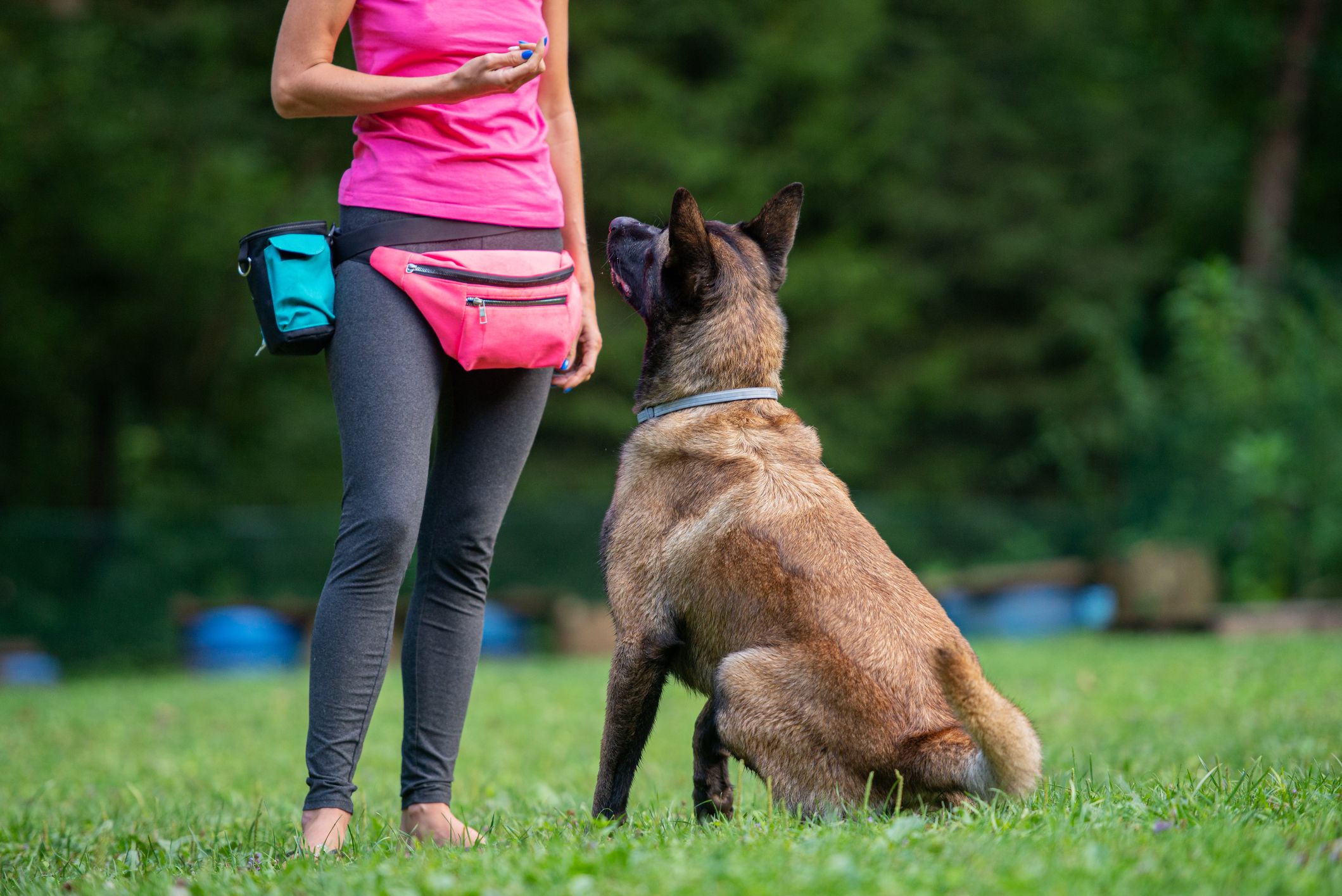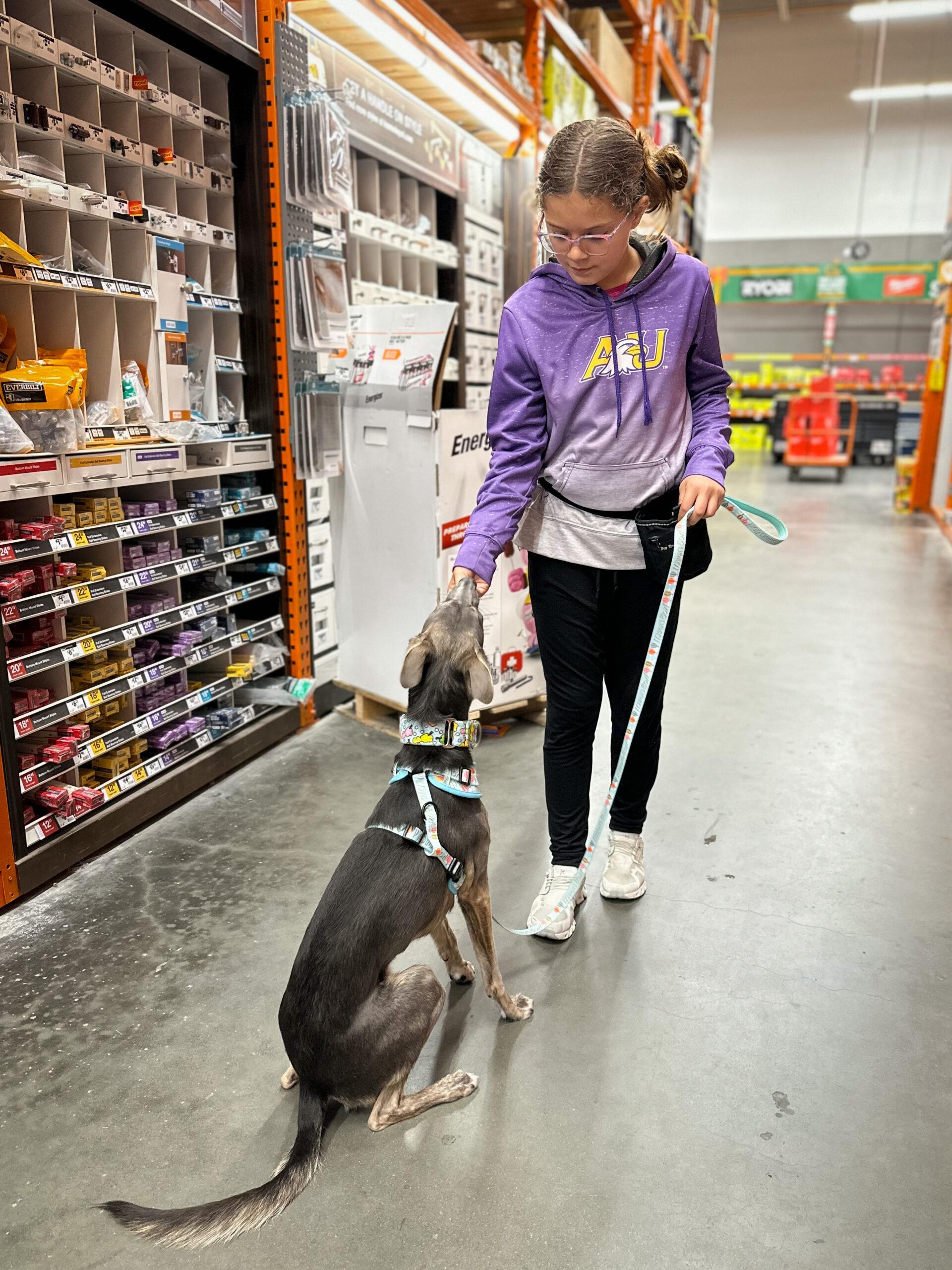Transform Your Dog's Behavior with These Proven Dog Training Methods
Transform Your Dog's Behavior with These Proven Dog Training Methods
Blog Article
Novice's Guide to Successful Dog Training in the house
Efficiently educating a dog at home requires a nuanced understanding of canine behavior and effective interaction methods. Establishing clear training goals, utilizing top notch incentives, and preserving consistency throughout household participants are vital elements. Integrating training into day-to-day regimens can enhance both interaction and retention.
Comprehending Pet Dog Habits
Comprehending pet behavior is important for efficient training and promoting an unified partnership in between people and their canine buddies. Dogs interact primarily through body language, articulations, and faces, making it vital for owners to analyze these signals accurately. Identifying behaviors such as tail wagging, grumbling, or cring can supply insights right into a pet's mood and intentions.

Common behavioral concerns, such as aggressiveness, stress and anxiety, or too much barking, typically originate from misunderstandings or unmet demands. Observing and dealing with these issues without delay can protect against acceleration and make certain a favorable training experience. By fostering a deep understanding of canine actions, proprietors can tailor their training methods to suit their canine friends, inevitably leading to a pleased and mannerly pet.
Necessary Training Devices
A well-equipped training area can substantially improve the performance of dog training at home. Important training tools ensure that both the fitness instructor and the pet dog can take part in effective sessions that cultivate understanding and bonding.

Purchasing a durable chain and a comfy, well-fitting collar or harness is important for safety and security and control. These tools aid establish borders and guarantee the pet continues to be safe and secure during training. In addition, an assigned training location, free from diversions, aids focus for both the fitness instructor and the canine.
Educating aids such as training pads, cones, or dexterity devices can also boost the experience by introducing range and challenges. Having a notebook or electronic app for tracking progression can be invaluable, permitting you to note successes and locations for improvement. Making use of these crucial tools will develop a positive training setting and lay the foundation for effective discovering.
Producing a Training Routine
Establishing a constant training regimen is crucial for efficient pet dog training in the house. A well-structured regular not only aids in reinforcing desired habits but additionally supplies your pet with a complacency and predictability. To produce a reliable training regular, start by identifying particular training objectives, such as standard commands, chain strolling, or house-training.
Select a designated time every day for training sessions, ideally when your pet is sharp and responsive. Procedure should be short, about 5 to check my blog 15 minutes, to keep focus and protect against fatigue. Consistency in timing and setting will boost your dog's knowing experience.
Include training right into everyday tasks to strengthen abilities. For example, technique commands throughout strolls or mealtime, which integrates discovering into natural regimens. In addition, continue to be flexible and readjust the routine as required, fitting your pet's power levels and state of mind.
Positive Reinforcement Strategies
Positive reinforcement techniques are fundamental article source to efficient canine training, promoting preferred actions through rewards as opposed to penalty. This technique utilizes favorable stimulations, such as treats, appreciation, or play, to motivate canines to duplicate specific activities. The cornerstone of this technique is timing; incentives ought to be given promptly complying with the desired actions to produce a clear association.
When executing favorable reinforcement, it is necessary to select rewards that are encouraging for your dog. High-value deals with, such as little pieces of poultry or cheese, can be particularly reliable throughout training sessions. In addition, differing the incentives can maintain your pet dog's rate of interest and enthusiasm.
Begin with easy commands, like "rest" or "stay," and progressively progress to much more intricate jobs. Consistency is vital; ensure that all member of the family utilize the same commands and benefit systems to prevent complication.
Additionally, it is vital to remain patient and prevent irritation. Pet dogs, like human beings, learn at their very own rate. By promoting a helpful training environment with favorable support, you can improve your canine's understanding experience while enhancing the bond between you and your furry friend, laying the groundwork for effective training results.
Usual Training Challenges
While training a pet dog in your home can be a gratifying experience, it usually comes with a collection of usual difficulties that can evaluate both patience and consistency. One common concern is interruption. Dogs may end up being quickly sidetracked by sounds, activities, or also scents in their setting, making it tough to maintain their focus during training sessions.
An additional challenge is inconsistency in commands and reinforcement. It can prevent and puzzle the pet development if family participants utilize different signs or rewards. Establishing a unified method is vital for reliable interaction.
In addition, dogs can experience aggravation or anxiety, especially if they do not comprehend what is anticipated of them. This can bring about undesirable habits, such as barking or chewing.
Lastly, the timing of support is important (Dog training). Delayed incentives can lessen the effectiveness of positive support, as dogs may stop working to connect the habits with the incentive
Getting over these obstacles requires dedication, clear interaction, and an organized training plan. Acknowledging and resolving these typical challenges will lead the way for a much more effective and satisfying training experience in the house.
Conclusion
Finally, effective pet dog training in your home requires a comprehensive understanding of Your Domain Name canine behavior and effective communication strategies. By establishing clear training objectives and making use of top notch treats alongside favorable reinforcement, the training procedure comes to be much more gratifying for both the dog and the fitness instructor. Patience, consistency, and versatility are essential elements that help with knowing. Ultimately, integrating training into day-to-day routines improves the bond in between dog and owner, making the experience both enjoyable and effective.
Developing a regular training regimen is important for reliable canine training at home.Favorable reinforcement strategies are basic to effective canine training, promoting preferred actions via incentives rather than penalty (Dog training). By promoting an encouraging training environment with favorable reinforcement, you can enhance your pet's knowing experience while enhancing the bond in between you and your fuzzy buddy, laying the foundation for successful training outcomes
In conclusion, successful pet training at home requires a detailed understanding of canine habits and effective communication approaches. By developing clear training goals and utilizing high-quality deals with together with favorable support, the training procedure becomes more fulfilling for both the instructor and the pet dog.
Report this page